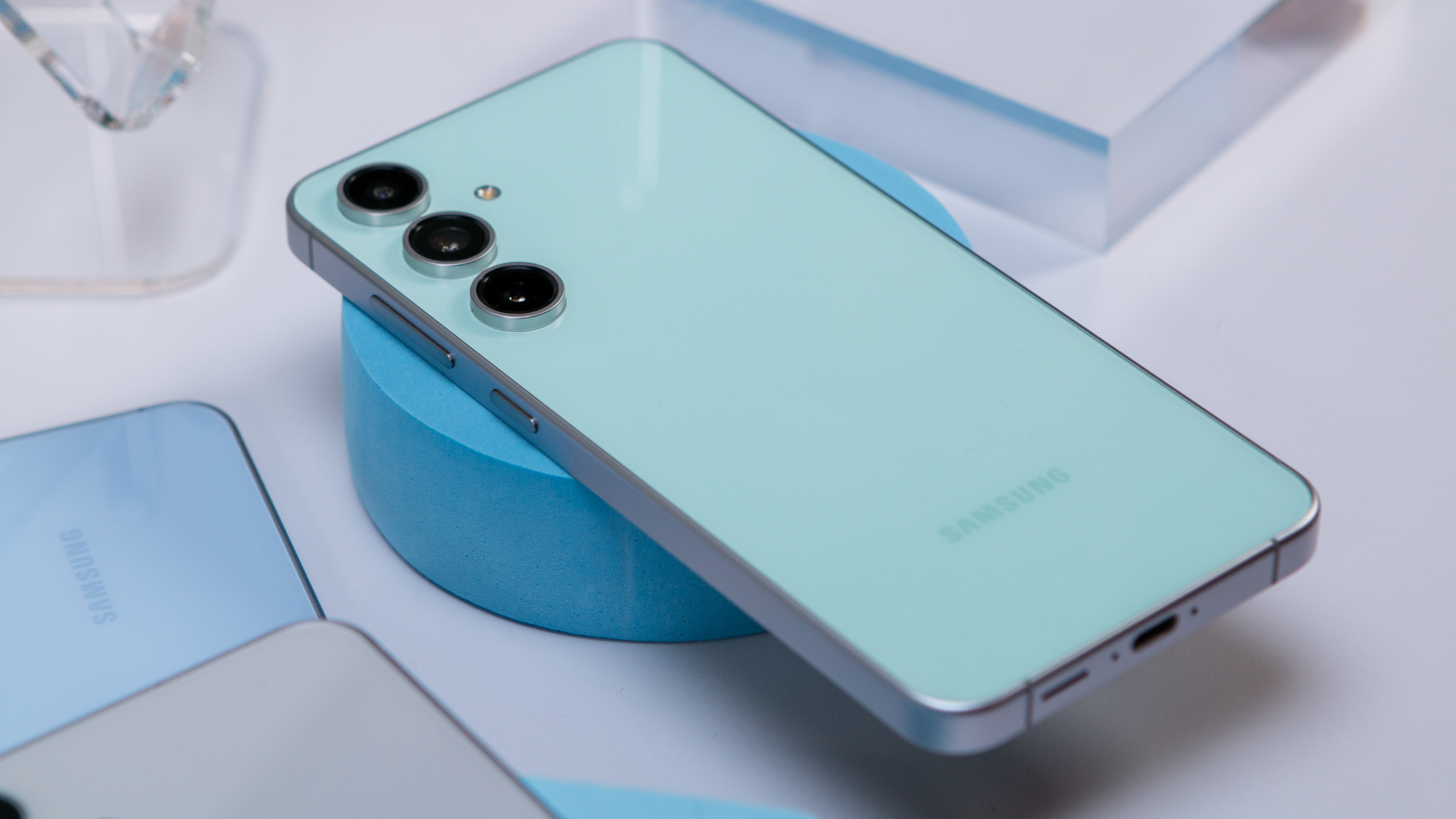Galaxy Ring 2 'dream battery' tech would only partially solve the smart ring problem
A Galaxy Ring 2 with "all-solid-state batteries" sounds impressive, but it sidesteps a fundamental issue with smart ring capacity and repairability.

The Samsung Galaxy Ring 2 could arrive soon with a denser "Dream Battery." And for now, that's probably the best we can hope for to make smart rings longer-lasting. But there's a more fundamental fix — patented by Oura, unsurprisingly — that I think Samsung needs to consider for the Galaxy Ring's future.
According to the report, Samsung is considering using solid electrolytes instead of a traditional lithium-ion battery, increasing the energy density from 200 to 360Wh/L and offering greater flexibility that would be perfect for this rounded form factor.
The Galaxy Ring 2 could be the "first case" of Samsung using this tech, followed by the Galaxy Buds and Watch in later years. However, the report stresses that this battery tech is quite expensive; the Galaxy Ring is already costlier than most smart rings at $399, and this battery could push the Ring 2 over the edge of what most people will pay.
But let's ignore cost and say that Samsung can increase its Ring's battery efficiency. Its capacity will still be limited by physics and thermals, and the lack of smart ring repairability means any battery problem will be fatal. That is unless smart rings start to become more modular.
The problem with smart rings
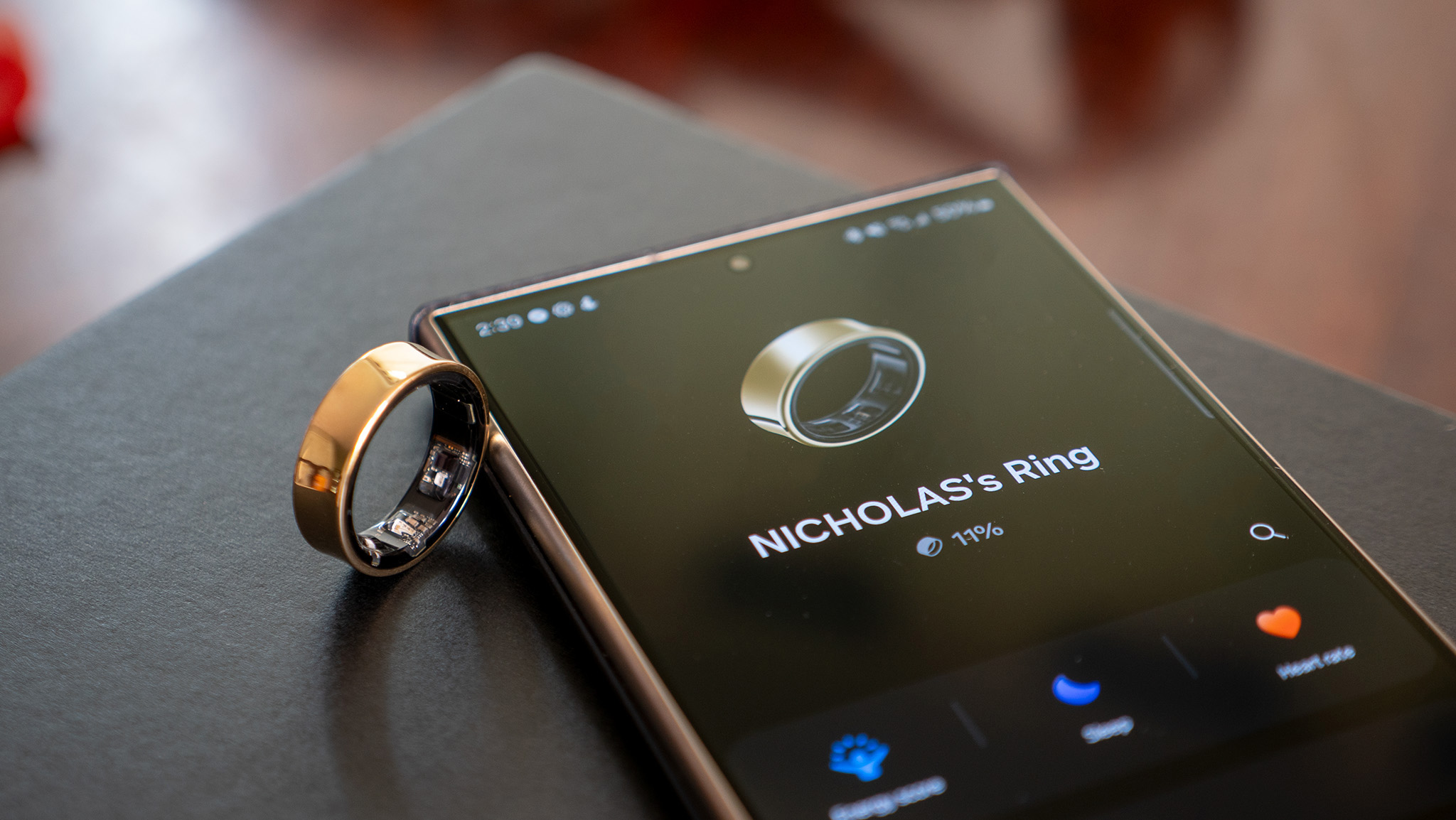
Ultrahuman is one of the few smart ring brands to speak openly about battery health. On its FAQ page, it promises that the Ultrahuman Ring Air lasts 500 charging cycles "before there is any significant decline in battery performance," but that "a gradual reduction in battery life can be expected after 1 to 2 years" and wouldn't be covered by the warranty.
Even if other brands don't say it outright, smart rings are especially susceptible to battery issues. Most can only squeeze in about 20–30mAh of capacity while keeping the design skinny. They're optimized at the start to go a week on minimal capacity, but any loss of capacity will have an outsized effect over time. You'll probably notice the same issue with wireless earbuds.
Let's make an unscientific guess that Samsung's dream battery increases the Galaxy Ring 2 capacity to 50mAh, or even 100mAh. That's still on a scale well below a Galaxy Watch 7 (300–425mAh) or Galaxy S25 (4,000–5,000mAh), with natural drain after a couple of years but with capacity to spare.
Be an expert in 5 minutes
Get the latest news from Android Central, your trusted companion in the world of Android
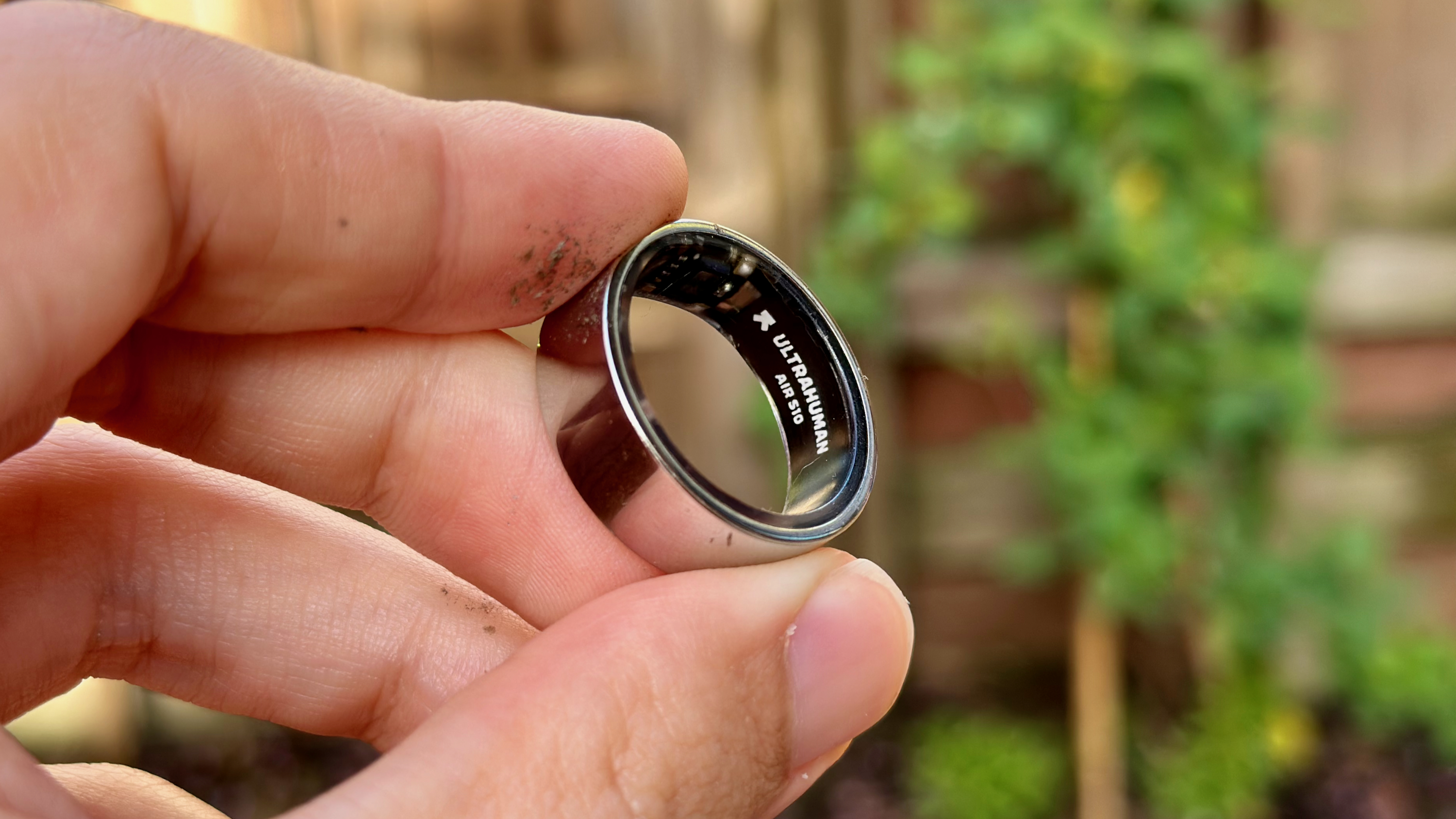
More importantly, your Galaxy watch or phone is repairable; you can replace a deficient battery.
That wouldn't apply to Samsung's curved electrode battery, shoved into a dense, complex design. Generally speaking, smart rings are disposable tech because once they're constructed, you can't take them apart and put them back together again. This lack of repairability hurts consumers and manufacturers.
After I reviewed the Ultrahuman Ring Air, my fiancee decided to buy one and loved it. But after 3 months, it suddenly died, refusing to charge or reconnect to her phone.
Because it fell under warranty, Ultrahuman had to mail her a brand new one. It couldn't be repaired and sent back or refurbished for a new sale. It might not even be able to figure out what went wrong with it or if it was her fault (it wasn't). It just has to keep making new rings and throwing out the old ones — which must be expensive, depending on the failure rate.
The real smart ring battery solution
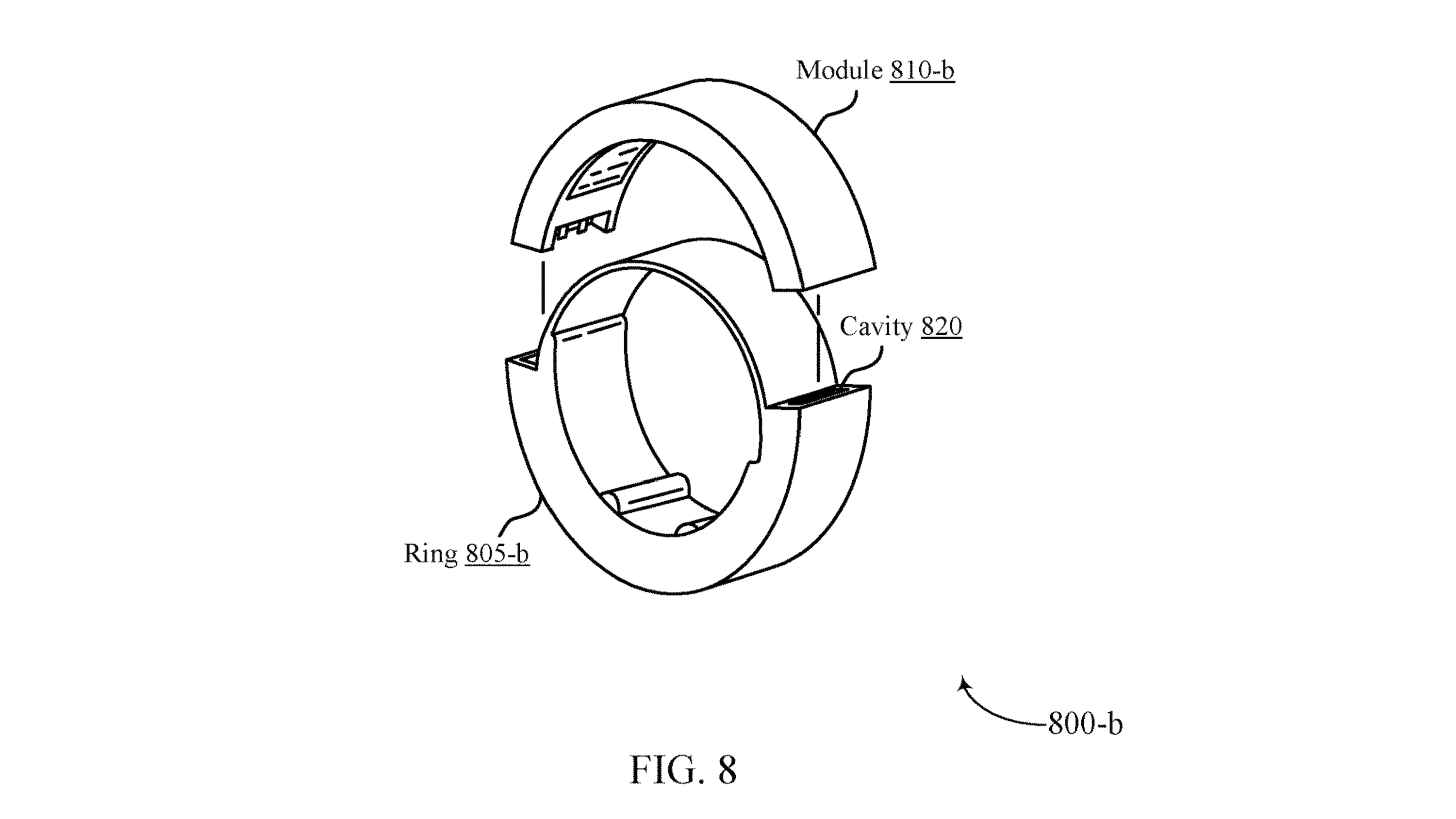
When researching the Oura Ring 5, I discovered a ton of cool patents for redesigning its ring, mostly to make it one-size-fits-all. But I was most intrigued by patent US-12177997-B2, "Functional cover with wireless connection for ring wearable." As the patent figure above shows, the ring could have a removable module that slides into a predesigned cavity.
Why design it this way? For one thing, the battery is "frequently the module in a device that declines in performance most quickly," so when it fails, "a user may be forced to upgrade to a newer module...even though the previous wearable device otherwise operated as intended."
With Oura's design, the ring top would be removable, so users could slot in a new battery module, or slot in modules designed for other purposes like fitness tracking, contactless payments, location tracking, and so on.
Thus, buying a replacement module would be less expensive than buying a new ring, and you could hypothetically own two battery modules and swap between them when one dies, so you never have to take the ring off.
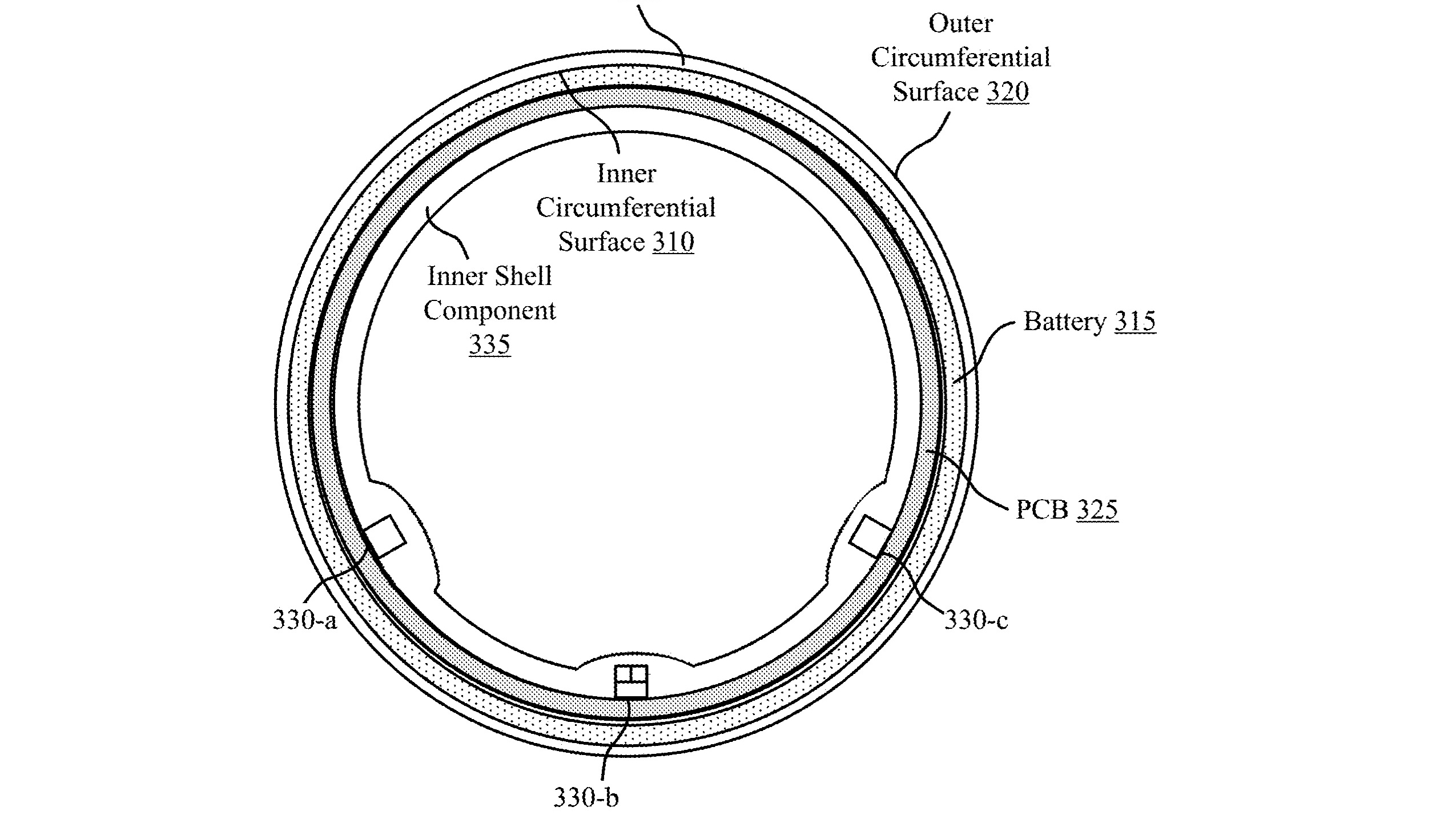
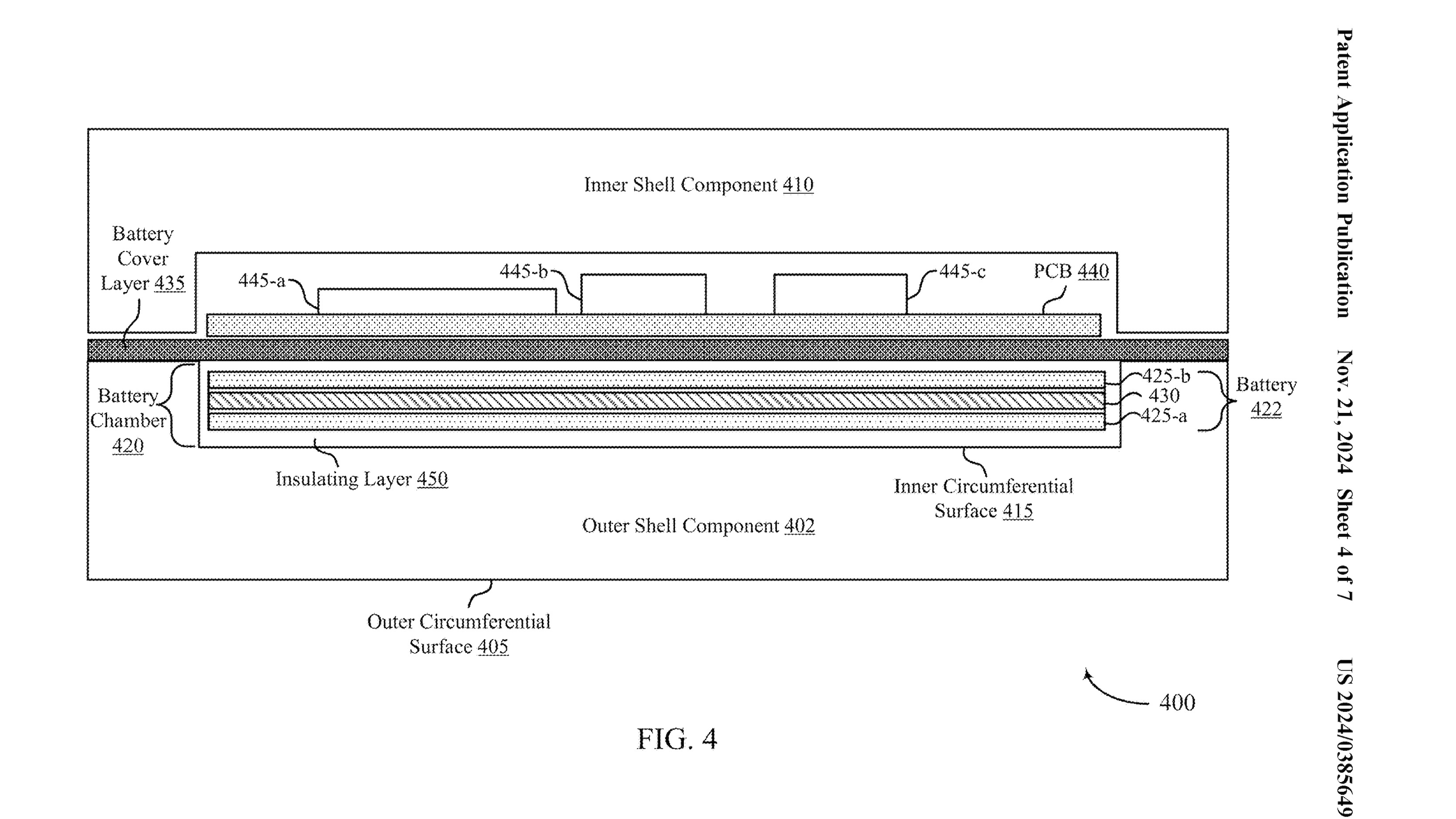
I have no idea how easy this would be to implement or if such a module would blend in as a normal-looking ring top. Oura has other patents it could use instead, like US-20240385649-A1 — "Wearable Ring Device with Battery in Cover" — that focuses instead on squeezing a thin, 360º battery layer into the cover so that it doesn't interfere with the internal components.
It's not about what Oura ends up doing; it's that Oura evidently knows that the status quo — short-lived rings you can't repair or improve over time — hurts them with consumers who don't want to spend $300–400 every two or three years on a new ring. And it's looking for solutions.
Samsung's solid-state battery is an intriguing solution, too! But it's a stop-gap measure. In theory, it'll build up the Galaxy Ring 2 battery life so much that even when it loses capacity, it'll still last long enough to avoid daily charges. But it's still a battery shoved into a device you can't open without breaking it.
So long as smart rings cannot be repaired or refurbished, consumers will hesitate to buy one after another, not knowing how long they'll last.

Michael is Android Central's resident expert on wearables and fitness. Before joining Android Central, he freelanced for years at Techradar, Wareable, Windows Central, and Digital Trends. Channeling his love of running, he established himself as an expert on fitness watches, testing and reviewing models from Garmin, Fitbit, Samsung, Apple, COROS, Polar, Amazfit, Suunto, and more.
You must confirm your public display name before commenting
Please logout and then login again, you will then be prompted to enter your display name.
